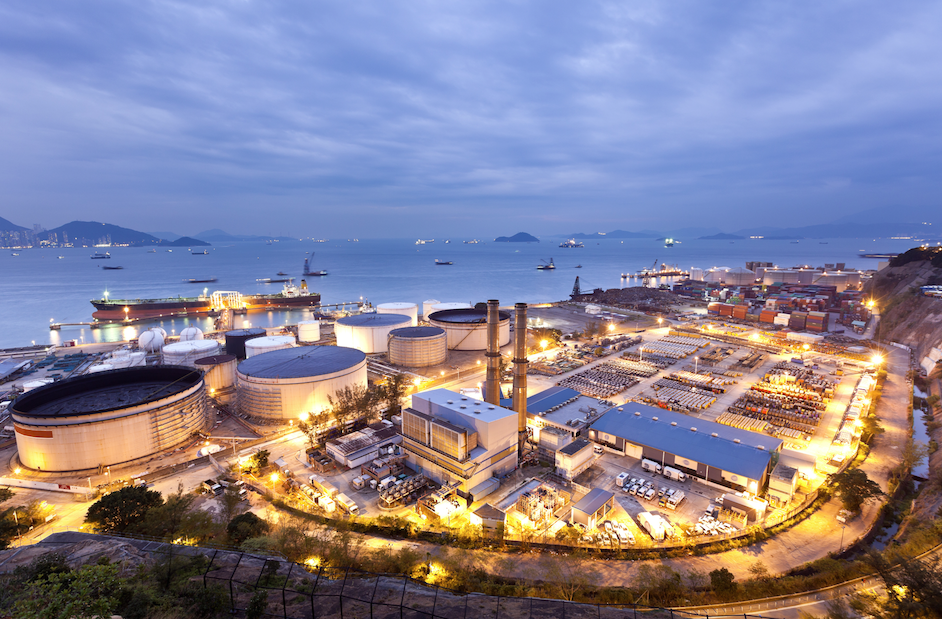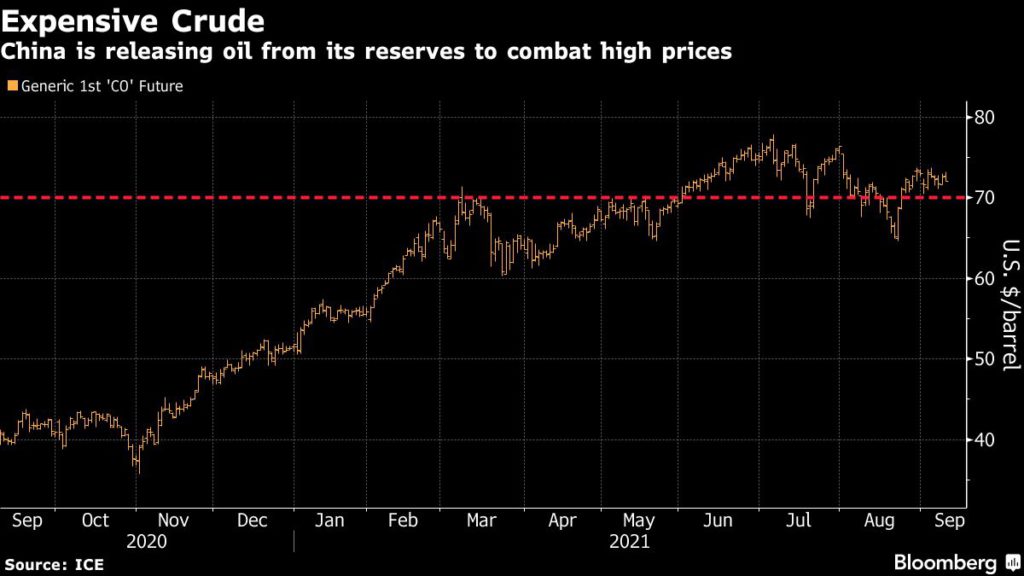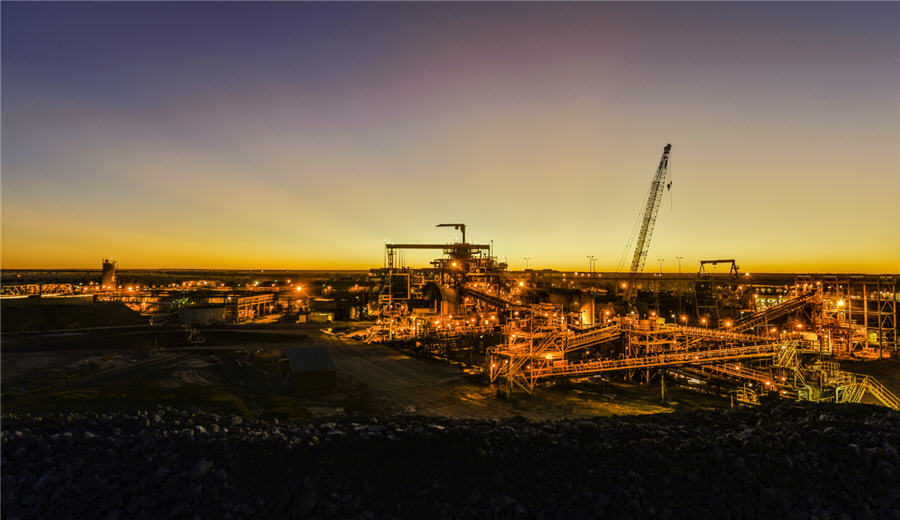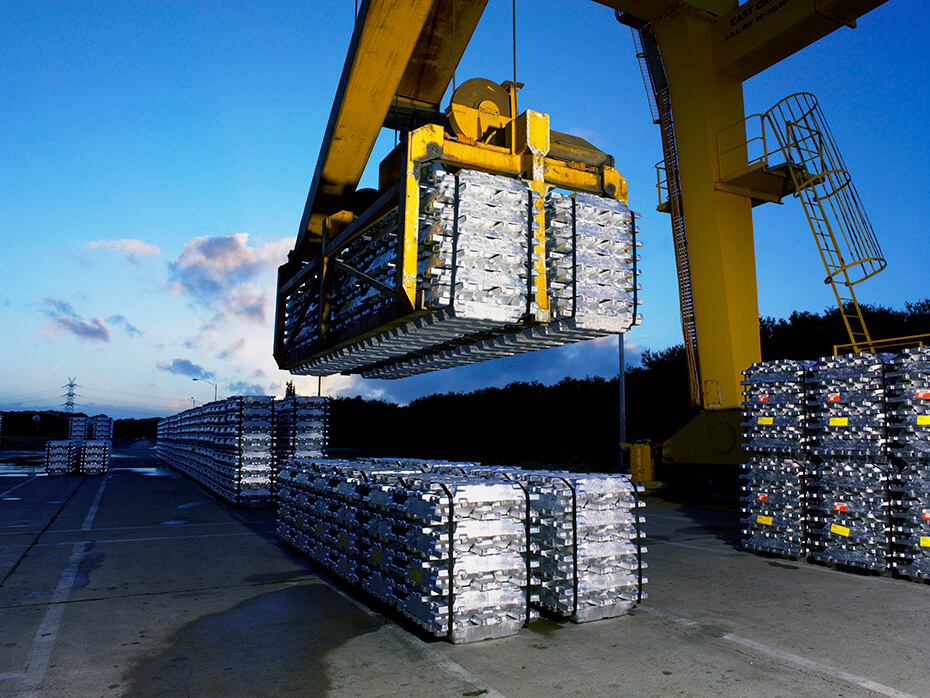China intervenes in oil market with historic sale of reserves

China made an unprecedented intervention in the global oil market, releasing crude from its strategic reserve for the first time with the explicit aim of lowering prices.
The announcement comes amid surging energy costs in China, not just for oil but also for coal and natural gas, and electricity shortages in some provinces that have forced some factories to cut production. Inflation is rapidly rising too, a political headache for Beijing.

In a late statement on Thursday, the National Food and Strategic Reserves Administration said the country had tapped its giant oil reserves to “to ease the pressure of rising raw material prices.” It didn’t offer further details, but people familiar with the matter said the statement referred to millions of barrels the government offered in mid-July.
The Chinese stockpiling agency also said a “normalized” rotation of crude oil in the state reserves is “an important way for the reserves to play its role in balancing the market”, indicating that it may continue to release barrels. The agency said that putting national reserve crude oil on the market through open auctions “will better stabilize domestic market supply and demand”.
No one answered calls to the press offices of China’s State Council and the National Development and Reform Commission seeking comments outside the regular business hours.
China, the world’s largest oil importer, has built up a 220 million barrel reserve of the commodity over the past decade, according to Energy Aspects Ltd. The buffer differs from strategic petroleum reserves, known as SPR, held in the U.S. and Europe, which are only tapped during supply outages and wars. China however is signaling it’s willing to use its reserve to try to influence the market.
“On its face, it’s a pretty clear statement of an intent to use the SPR to dampen oil prices for domestic refiners,” said Bob McNally, a former senior White House policy adviser who now runs Rapidan Energy Group, a consulting firm in Washington.
The statement comes after China’s factory-gate inflation accelerated to a 13-year high, and just a month after the White House publicly asked the OPEC oil cartel to pump more crude amid rising gasoline prices in America. Together, the actions in Beijing and Washington suggest that the world’s two largest energy consumers see $70-$75 a barrel as a red line for the price of oil. Hurricane Ida has also eliminated a swath of U.S. crude production, affecting supplies to China’s Unipec.
Brent crude futures were little changed on Thursday afternoon in London, having retreated as much as 1.9% earlier in the day.
Other commodities
China has been selling other commodities from its strategic reserves, including copper, aluminum and grains. In the past, Beijing rarely confirmed the releases, which have tended to filter into the market via trader talk. The public release is being seen by many as an attempt to maximize the impact of the move.
Thursday’s statement started by saying the release was carried out “with the approval of the State Council,” language that Chinese researchers took as an indication that it was directed by China’s most senior political leaders.
Without details of what future auctions from the oil reserve may be, traders and consultants were left guessing what Beijing’s next move will be. Amrita Sen, co-founder of consultant Energy Aspects, said that China had released between 20 and 30 million barrels over the summer, and any potential extra sale this year was unlikely to surpass the 10-to-15 million barrels range.
Beijing has had mixed success using its strategic reserves to cap surging commodity prices. Although often the release, particularly when publicly confirmed, sends prices down sharply, the retreat tends to be short-lived.
“The move by China is no doubt designed to ease upward price pressures on rising oil import costs,” said Ryan Fitzmaurice, commodities strategist at Rabobank. “It is unlikely to have the desired effect, as we see it. For starters, it signals vulnerability to the financial oil market, and even more so it is not enough physical supply to move the dial.”
(By Alfred Cang and Javier Blas, with assistance from Sheela Tobben)
More News
South32 posts lower third-quarter manganese output
The world's biggest producer of manganese ore produced 476,000 wet metric tons last quarter.
April 16, 2025 | 03:48 pm
Alcoa reports $20 million tariff hit on imports from Canada
April 16, 2025 | 03:42 pm
{{ commodity.name }}
{{ post.title }}
{{ post.date }}




Comments